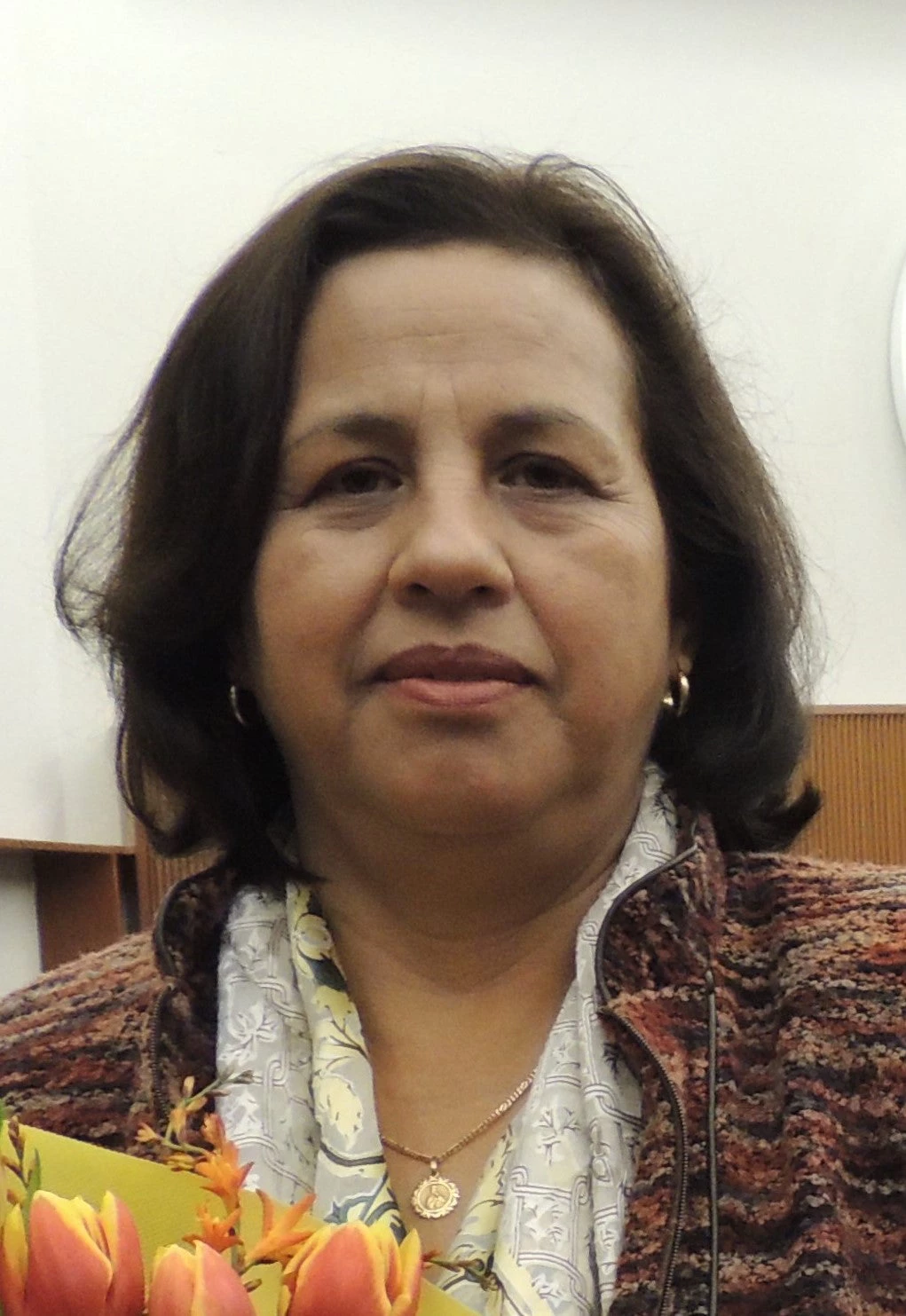 Ecuador wasterwater treatment plant
Ecuador wasterwater treatment plant
Also available in: Español
Editor’s Note: Efficiently investing in wastewater and other sanitation infrastructure is crucial to achieve public health benefits, improve the environment, and enhance quality of life. Safely managed water, sanitation and hygiene (WASH) services are an essential part of preventing disease and protecting human health during infectious disease outbreaks, including the current COVID-19 pandemic. Learn more: www.worldbank.org/wastetoresource
Every day, good money is being flushed down the toilet.
Not to mention the sinks, bathtubs, and industrial drains of the world. When it finally makes its way to the sewers -- or worse, into our rivers and streams -- we lose this highly valuable source of water, energy, wealth and nutrients. To put it in one word: wastewater.
Despite the proven environmental, health, economic, and financial benefits of reusing wastewater, a staggering 80% worldwide is released into the environment without adequate treatment. With a growing population and rising demand for water resources, not reusing wastewater is an increasingly unsustainable and unacceptable practice.
Only 6 out of 10 Latin-American inhabitants are connected to a sewage system, and a meager 30-40% of the collected wastewater is treated. These figures are surprising, given the high levels of urbanization and income, and they carry significant implications for public health, environmental sustainability and social equity.
What are Latin American countries doing to address this huge challenge? We have an excellent example in Guayaquil, Ecuador.
Home to Ecuador’s largest urban population and a major port, Guayaquil is located on the west bank of the Guayas River, which flows into the Pacific Ocean. Sewage pollution in the rivers and estuaries has plagued the city for decades, but the recent investments in wastewater collection and treatment are already producing concrete improvements in water quality and pollution reduction.
Now, Guayaquil is taking action to improve its water and wastewater infrastructure with the World Bank support, and it is quickly becoming a model for others in the region.
Based on its experience in other parts of Latin America and globally, the Bank has promoted and facilitated the incorporation of a holistic approach to wastewater management, particularly in the following areas:
- Ensuring that the project covers all the building blocks of a safe sanitation service chain, including wastewater treatment infrastructure, sewerage network rehabilitation and coverage extensions to the poor, as well as assistance in helping customers rearrange their internal plumbing and sanitation fixtures to effectively connect to the network. This builds on the existing connection methodology developed in Guayaquil using social interventions and public awareness raising on sanitation-related issues. This methodology and knowledge are actively shared with other utilities at the regional and global levels and considered best practice.
- Including the monitoring of water quality in areas upstream of the city, to support the utility in optimizing its water treatment operations, improving sanitation investment planning, as well as ultimately increasing accountability for pollution and environmental awareness.
- Developing an integrated urban water management approach for the planning of urban development in growing areas of the city which are currently less consolidated and require interventions in urban drainage and wastewater management.
Since the project began implementation in 2016, it has focused efforts on three fronts: energy generation from wastewater treatment plants, river basin planning, and monitoring. Together, these approaches are reducing pollution, combating water scarcity, protecting public health, and helping propel the city’s transition towards a “circular economy.” Here is how:
Energy Generation from WWTPs
Two new wastewater treatment plants (WWTP), Los Merinos and Las Esclusas, are currently under bidding or being constructed, respectively, to treat 100 % of the domestic wastewaters collected in the southern and northeastern wastewater basins of Guayaquil. Both WWTPs incorporate cogeneration facilities to transform biogas derived from sewage sludge digestion into electricity. It’s estimated that the plants will have the potential to generate up to 35-40% of the onsite power requirements to run the WWTPs.
River Basin Planning
Fully integrated river basin planning approaches help planners understand water quality stressors, lead to smarter wastewater project designs, and facilitate the identification of wastewater reuse opportunities. The municipality of Guayaquil’s water and sanitation company, EMAPAG, commissioned the development of a hydrodynamic and water quality model to evaluate the effects of the Los Merinos WWTP discharge effluent on water quality in the Guayas and Daule rivers and estuary. The model showed that, given the high flows and tide dynamics in the Guayas River system, primary treatment levels would be sufficient to comply with water quality standards, resulting in more efficient and effective investment in WWTPs than originally planned (secondary treatment levels were originally thought to be necessary for this plant).
Monitoring
Reasonable targets and standards for effluent quality are crucial to reuse and resource recovery. Standards should be based on the characteristics of the receiving water body and/or on water reuse
needs. Countries tend to follow general discharge standards because they are easier to implement
and enforce, but standards based on the receiving water body are more efficient and effective. As exemplified in the case of Guayaquil, modelling a water body’s receiving capacity can, for example, reduce capital and O&M expenses for treatment down the road.
In 2016, Ecuador put forth a national sectoral strategy establishing that universal and equitable access to potable Water and Sanitation Services (WSS) should be reached by 2030. Central to achieving this goal are robust investments in infrastructure for wastewater treatment.
The project in Guayaquil demonstrates that there is an opportunity to ensure that those investments are made in the most sustainable and efficient way possible -- fostering approaches that minimize resource consumption, focusing on resource recovery and following the principles of the “circular economy,” all with the recognition of wastewater not as a burden, but as a valuable resource.



Join the Conversation